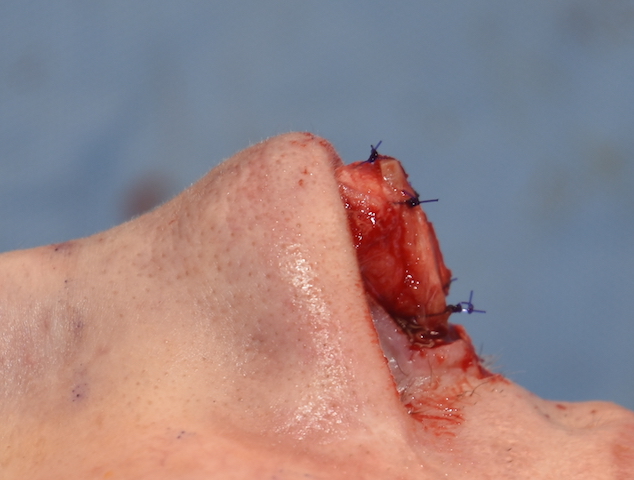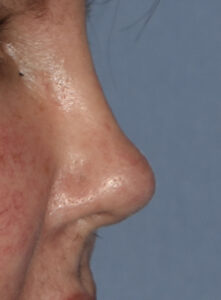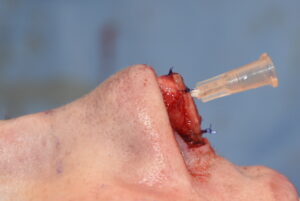Rhinoplasty frequently uses cartilage grafts to aid in the reshaping of the nose. They are used to either create a shape in the nose that did not exist before to providing support of native cartilage structures that have been altered. Most commonly septal cartilage is harvested and used, not only because of anatomic proximity, but also because it provides straight and reasonably strong graft material.
Rib grafts are another source of cartilage grafts for use in rhinoplasty of which their primary benefit is the volume of material they provide. Their role in primary rhinoplasty is usually only when major augmentations are needed in which the patient does not want the use of an implant. In revisional rhinoplasties rib grafts come into play when septal and ear harvests sites are exhausted or if the length/straightness of the facial harvest sites is inadequate.
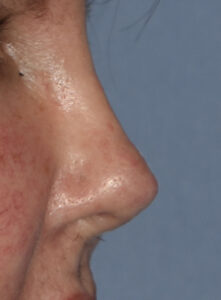
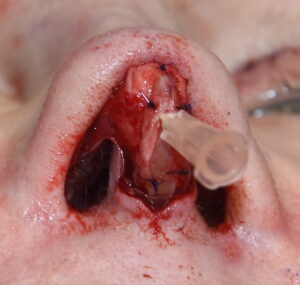

Rib grafts provide the necessary structural support that is needed in many revisional rhinoplasties where contour expansion is needed. There are numerous rib graft site harvest options and that choice depends how much graft is needed. The subcostal margin offers a plentiful source if the patient can tolerate a small skin incision to do so.
Dr. Barry Eppley
Indianapolis, Indiana

